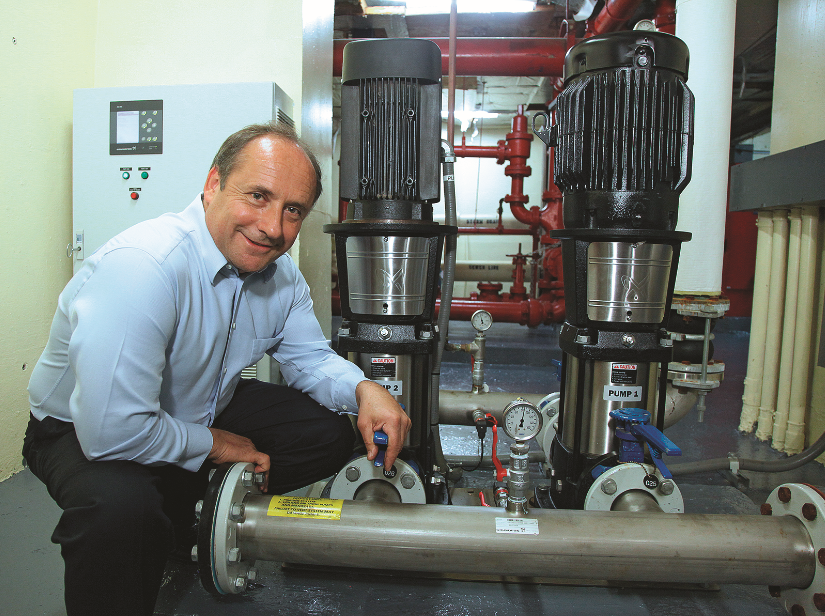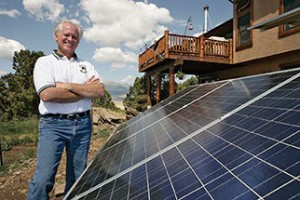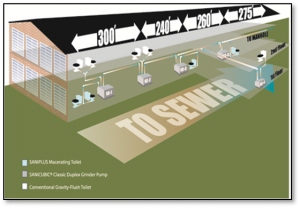When the new Exploratorium museum — now in the final stages of construction on San Francisco’s waterfront — becomes fully operational in the spring of 2013, its goal is to become the largest net-zero energy museum in the United States, if not the world. (A “net zero-energy” building produces as much energy as it consumes.)
The subject of a cover story in the September 2012 issue of PM Engineer magazine (pme), this massive gut-renovation project at the 800-foot-long Pier 15 aims to be 57 percent more efficient than the ASHRAE 90.1 baseline standard for a typical museum. Among its green innovations are a 1.3 megawatt-AC, photovoltaic solar-panel system, providing all of the structure’s electricity; and a crosslinked polyethylene (PEX) radiant tubing system that uses the San Francisco Bay as a giant heat sink and heat source to warm or cool the building.
The 200,000-foot network of PEX tubing, manufactured by Uponor, is embedded in concrete slabs on two levels and spans 82 different heating-cooling zones. Each zone has a control valve and a thermostat to switch between heating and cooling, whatever the seasonal need. No other type of water-heating equipment is used in the building, nor is there any use of fossil fuels except for highly limited cooking purposes in a small restaurant.
“We did not wish to sacrifice comfort for energy savings on this project, and radiant is a premium comfort system,” says project manager Joe Wenisch of the Integral Group, the mechanical, electrical and plumbing engineer on the project. Radiant technology was an especially good fit with the Exploratorium’s open exhibit space, featuring 30- to 40-foot-high ceilings.
“Radiant allows us to heat and cool at the floor level where the people are, rather than attempting to condition such a large volume of air in those high-ceiling rooms,” he says.
For more information, visit http://www.uponorpro.com/Marketing-and-Sales/Case-Studies/Case-Study-Search.aspx

![Grundfos-CS-Parkview-0079[1]](../../../wp-content/uploads/2012/01/Grundfos-CS-Parkview-00791.jpg)

